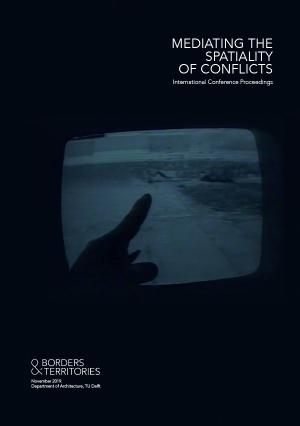Hosted by
Mediating the Spatiality of Conflicts: International Conference Proceedings
Synopsis
Conflict, when dislodged from its conventional understanding as a process and system of war and destruction exclusively, may be apprehended as an experimental method for analysis and synthesis, as a potent resource for pedagogy, for disruptive design and for the production of theory. In this sense, conflict produces more than the eradication of (the possibility of) life and its supporting structures: conflict produces transitional spaces at different scales, of differentiated material ecologies and site-specific meanings in relation to their global position. Conflicts are both locations and explanations of often ‘seductive’ images of destruction offered by popular (and other) media: ruined architectures, dead (or barely alive) bodies, forced migratory movements, impermanent infrastructures and settlements, as well as the tracing and construction of borders, real-estate driven post-war reconstruction processes, etc.
The emphasis on the mediatic aspect in the concept of conflict, may be seen as a way of triggering trans- and interdisciplinary discussions, conversations and encounters that serve as a negotiation between conditions of violence and new – or alternative – possibilities for everyday life. Artistic mediations could be as effective as violence in resolving conflicts, but operate through other means and through other channels, thus truly producing new power relations and alternative ways of political struggle. This exposing of conflict and violence through the artistic work is an activist act, but more importantly an artistic and technological mediation. The agency of the artistic work in terms of conflict, then, is situated in the capacity of visualising the conflict, creating awareness of its consequences, its side-effects, its collateral damage. And the creating of awareness and the becoming of fertile ground for protest and the creation of alternative realities.
At a three-day conference held at the TU Delft on November 6-8, 2019 researchers, scholars, activists, practitioners and artists presented individual papers that addressed the relationships between spatiality, mediation and conflict from a variety of perspectives. In addition to academic paper contributions, the conference welcomed other proposals in different formats and media: audio-visual material (film, video, photography), digital or physical archives, experimental design proposals, installations, performances, etc.
The thematic core of the conference explored new – or innovative – theoretical and methodological approaches and insights on: (1) Spaces of conflict as transitional spaces of material interactions between violence and everyday life; and (2) Spaces of memory as transformative space of violence).

